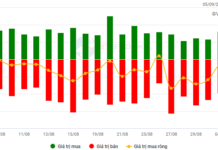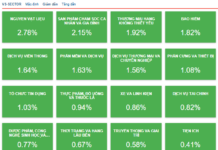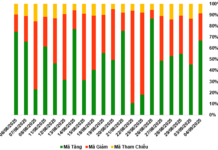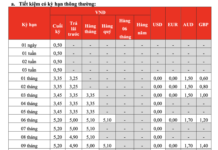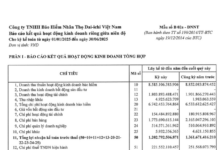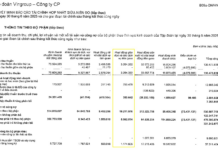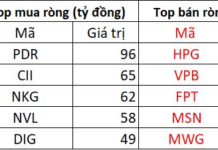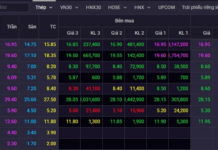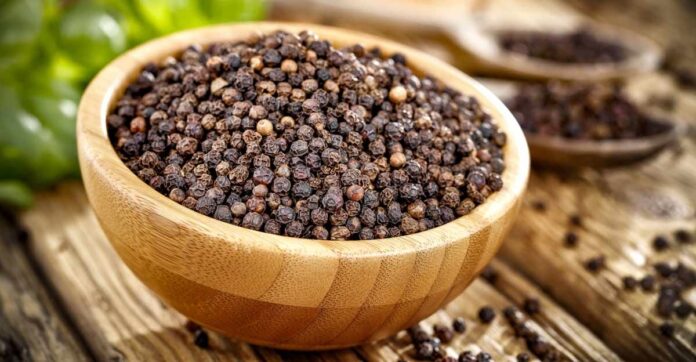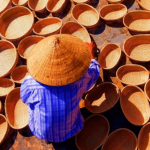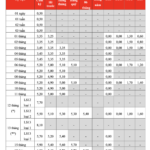According to the latest report by the Vietnam Pepper and Spice Association (VPSA), in the first seven months of 2024, Vietnam exported nearly 164,400 tons of various peppercorns, earning nearly $765 million. This reflects a 2.2% decrease in volume compared to the same period in 2023, but a significant 40.8% increase in value.
Multiple countries, including the US, Germany, India, the UAE, and China, are among the top importers of Vietnamese peppercorns.
As per VPSA, the average export price of Vietnamese black peppercorns reached $4,568 per ton during these seven months, a 32.7% increase, while white peppercorns fetched $6,195 per ton, a 25% surge compared to the same period last year.
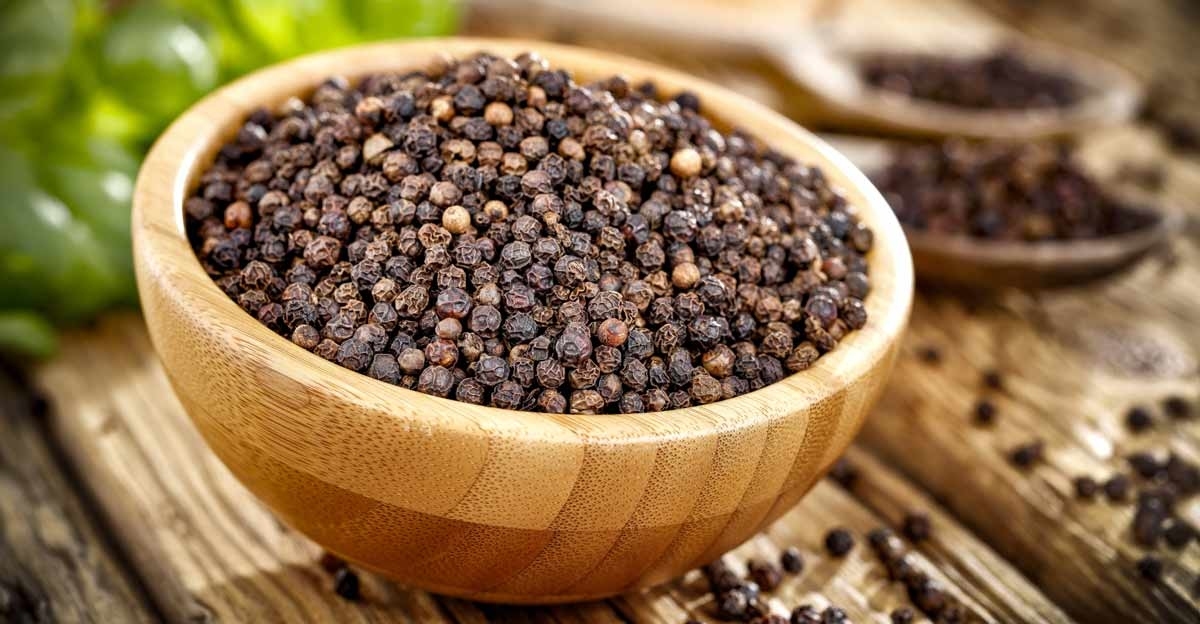
Vietnam accounts for 60% of the global peppercorn export market. Source: Onmanorama
Interestingly, Vietnamese businesses imported nearly 19,600 tons of peppercorns during the same period, including 17,443 tons of black peppercorns and 2,414 tons of white peppercorns, at a cost of $80.4 million. This reflects a 15% increase in volume compared to 2023.
Data from the General Department of Customs reveals that Vietnam primarily sources its imported peppercorns from Cambodia, Indonesia, and Brazil. Notably, these three countries accounted for 92% of Vietnam’s total peppercorn import value in the first seven months of 2024.
This raises an intriguing question: Why are Vietnamese businesses importing significant quantities of peppercorns when the country is a global leader in the production and export of this spice?
Why Do Vietnamese Businesses Need to Import Peppercorns?
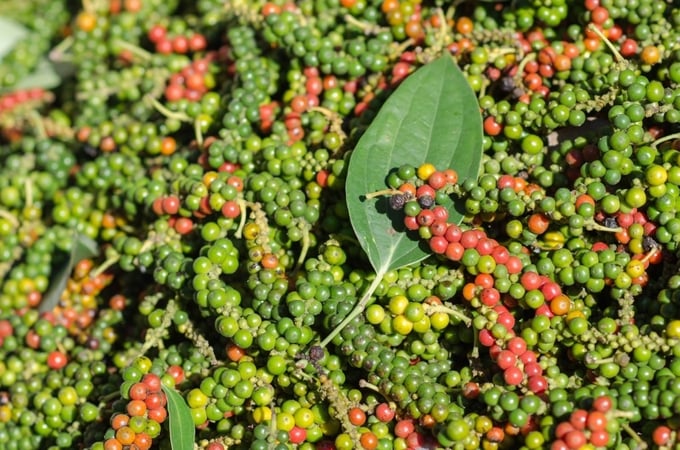
Peppercorn exports earned Vietnam nearly $1 billion in 2023. Illustrative image
The global peppercorn market is valued at approximately $5.4 billion, and it is projected to grow at an average rate of 20% from 2024 to 2032. According to VPSA, Vietnam accounts for 40% of the world’s peppercorn production and a remarkable 60% of its export market.
However, the reason Vietnamese businesses need to import peppercorns is quite pragmatic. Specifically, due to previously low peppercorn prices, many farmers switched to other crops. Additionally, peppercorn yields have been significantly impacted by unfavorable weather conditions. VPSA acknowledges that prolonged droughts have reduced Vietnam’s peppercorn production by 10% this year, amounting to approximately 170,000 tons compared to 2023.
Consequently, Vietnamese businesses have been compelled to increase their imports of peppercorns from countries like Brazil, Cambodia, and Indonesia to maintain their leading position in the global peppercorn industry, which they have held for over two decades.
Experts attribute the significant rise in global peppercorn prices to the reduction in supply from Vietnam. In the second quarter of 2024, domestic black peppercorn prices surged by 93% compared to the beginning of the year and tripled compared to the same period in 2023. This upward price trend continued into July due to rising demand and limited supply.
To meet the surging demand from global markets, Vietnamese businesses continue to import substantial volumes of peppercorns for production and to fulfill orders.
According to experts, the imbalance between global supply and demand, coupled with escalating freight costs and port congestion in Asia, has contributed to price increases in import markets, with expectations of sustained price hikes in the medium to long term.
In 2023, Vietnam exported 264,094 tons of peppercorns of various types (including 236,148 tons of black peppercorns and 27,946 tons of white peppercorns), earning a total of $906.5 million. This reflects an 8% decrease compared to 2022. The US was Vietnam’s largest market in 2023, accounting for 23.5% of the total peppercorn export value. Other significant markets included China (14.1%), India (5.4%), and Germany (4.3%).
Peppercorn cultivation in Vietnam dates back to the 17th century, but it was only after 1997, when peppercorn prices surged, that production truly took off. Today, Vietnamese peppercorns are exported to over 100 countries and territories, capturing numerous key markets.
According to the Ministry of Agriculture and Rural Development, in 2023, the total area under peppercorn cultivation in Vietnam was 115,000 hectares, a 4.2% decrease compared to 2022 and a 24.3% reduction compared to 2017 (the year with the highest area under cultivation) when it stood at approximately 151,900 hectares.
The agricultural sector’s planning indicates that the area under peppercorn cultivation may further decrease to around 110,000 hectares in the coming years. This is mainly due to weather conditions, pest infestations, and the rising prices of other agricultural commodities, such as durian and coffee, which have encouraged farmers to switch crops.
Currently, many farmers in regions that were once strongholds of peppercorn production have shifted to other crops. In reality, the three Central Highlands provinces of Dak Nong, Dak Lak, and Gia Lai remain the primary sources of peppercorns, accounting for approximately 63.5% of the total area under cultivation.
References: Mard, VPSA, Customs
The most extensive bribery case ever in Thanh Hoa: Numerous suspects prosecuted for “Giving and Receiving Bribes”
The Provincial Security Investigation Agency (PSIA) of Thanh Hoa province announced on January 31st that it has made the decision to initiate a prosecution against 23 individuals in connection with the offenses of “Accepting bribes” and “Giving bribes” as stipulated in Article 354(3) and Article 364(2) of the Criminal Code.
Mobile World achieves revenue of VND118,000 trillion: TVs, tablets, and phones all decrease by 10% – 50%, while one product grows in both quantity and revenue.
Mobile World Investment Corporation (MWG) has recently announced its 2023 business results. According to the report, the company’s consolidated revenue reached over 118 trillion Vietnamese dong, equivalent to 89% of the revenue in 2022.

